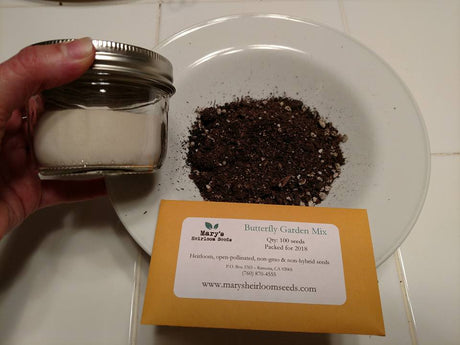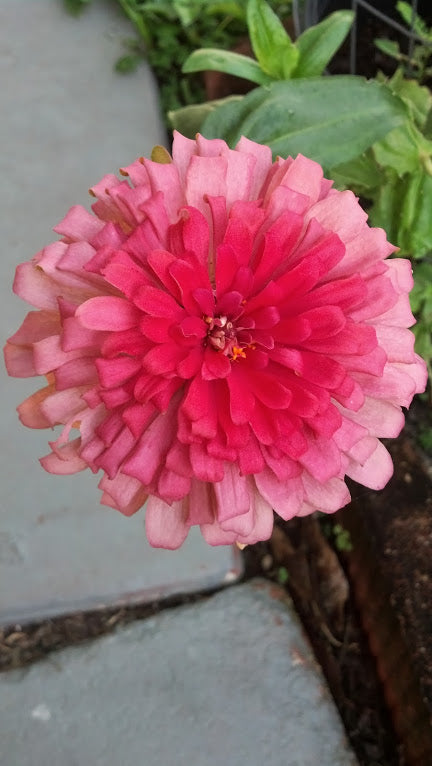
Making Seed Balls
Last week I had another amazing opportunity to volunteer at one of my favorite schools. The Sage School Garden invited Mary's Heirloom Seeds back for Earth Day Celebration and my...
Mary Smith |
Welcome to our store Learn more

Last week I had another amazing opportunity to volunteer at one of my favorite schools. The Sage School Garden invited Mary's Heirloom Seeds back for Earth Day Celebration and my...
Mary Smith |

This might be one of our most exciting projects ever! We are thrilled to dedicate this huge patch of the property for the pollinators that visit our veggie gardens. This...
Mary Smith |
Over 1,000 varieties of Heirloom Seeds
Free Shipping on Qualifying orders of $20 or more
Planting guides to help you grow a successful garden